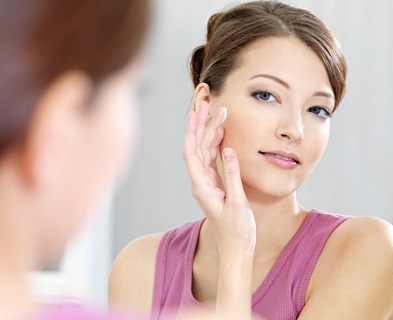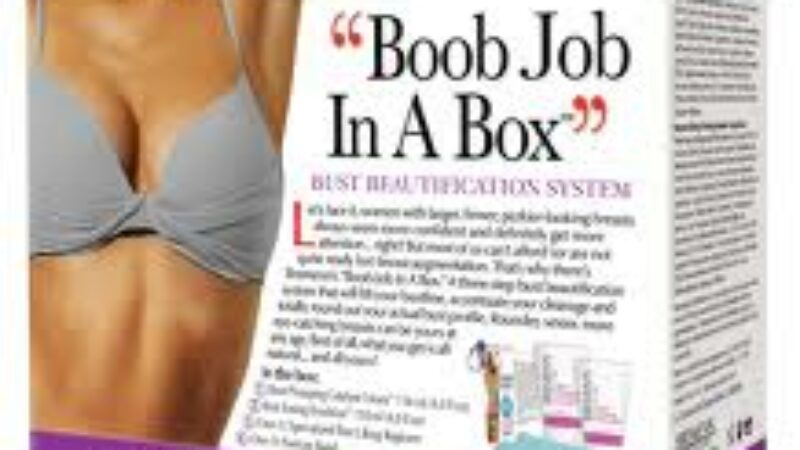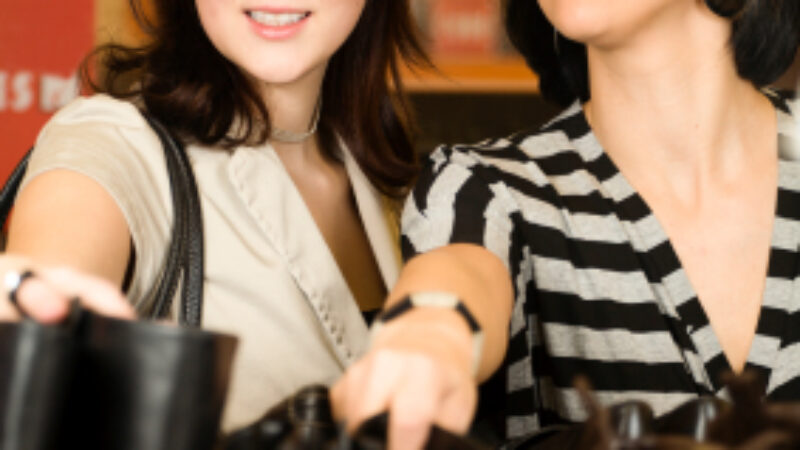We’ve touched on the subject of retinoid myths in the past to try and cleared up some misconceptions about this vitamin A derivative that, in our humble opinion, is the closest to that ever-elusive miracle anti-aging ingredient. We’ve already shot down the myths that only prescription strengths retinoids are effective, that they thin the skin and can’t be used in the summer. In fact, nothing could be further from the truth.
We love retinoids so much that we thought it high time to give a few more props to our favorite night-time treatment and bust a few more myths along the way:
- Myth: All Forms of Retinoids Are Equally Effective.
Fact: Not so. Retinoids encompass many forms, including retinoic acid, retinaldehyde, retinol and retinyl palmitate. In terms of effectiveness, there are many factors that come into play, including how many conversions the retinoid must go through in order to become retinoic acid (the form of vitamin A that the skin uses). Retinaldehyde (also known as retinal) is the closest to retinoic acid, then retinol, with retinyl palmitate a distant third. This doesn’t mean that they don’t or won’t convert, but it does mean that there may be more variability amongst individuals. Another thing to keep in mind is how far along the ingredient list the retinoid is. If it’s found low on the list, it may not be present in adequate enough concentrations to do your skin any good.
Retinyl palmitate <=> Retinol <=> Retinaldehyde => Retinoic acid
- Myth: Using retinoids and AHA’s together cancel each other out.
Fact: This myth seems to have stemmed from a 25 year old study where the test material was not human skin and as such, the results cannot be applied to how our skin reacts. Retinoids and AHA’s can definitely be used together as part of your regular skin care routine. The only caveat is that both have the potential to irritate the skin if tolerance is not built up gradually. We like to alternate: 5 nights a retinoid, 2 nights an AHA, or whatever schedule works best for you.
- Myth: Retinoids are so potent that results are immediate.
Fact: We wish that were true! However as much as retinoids can speed up cell turnover, we won’t wake up looking 10 years younger. Skin cells renew themselves every 28 days on average. As we age, this process slows down. Retinoids can help speed things up, and while changing up our routine can make skin look fresher and brighter, lasting results will take some patience. Don’t judge until at least a month or more has elapsed.
- Myth: If you’ve tried retinoids and experienced some redness and peeling, they’re probably too strong for your skin.
Fact: Sometimes, we get so excited that we start off too hard and fast. The fact is that retinoids come in different forms and strengths. If you’ve got sensitive skin, the smart move is to begin with something that is gentle but effective, like Apothekari’s A is for Anti-Aging. This serum formulated with retinaldehyde, the least irritating of all retinoids and the immediate precursor to retinoic acid. The skin has an amazing ability to adapt. Once it’s able to tolerate a retinoid, your skin will reap the rewards. If your reaction is severe and dialing back the frequency of use doesn’t improve the condition of your skin, you may want to reconsider retinoids and opt for other anti-aging ingredients like peptides.
- Myth: Retinoids are too strong for the eye area.
Fact: Luckily, we are now spoiled for choice with retinoid products, some of which are specifically formulated for the delicate and sensitive area under the eyes. And since the skin around the peepers is some of the thinnest on the body, wrinkles and fine lines seem to show up here first. Again, give your skin time to build up tolerance before throwing in the towel. Neostrata’s All in One Eye Serum uses encapsulated pure retinol for improved tolerance.
- Myth: There’s no need to exfoliate because retinoids do that for you.
Fact: Well, not exactly. Retinoids are cell communicators that encourage cell turnover, helping new skin cells to ‘push’ out old ones. Chemical exfoliants like AHAs or manual exfoliants like scrubs help shed dead skin cells on the surface. These are two different products that work in different ways and fill different roles in a good skin care routine.
- Myth: Retinoids are a last-ditch resort when nothing else is working.
Fact: Hugh Jackman once said that it was harder to get into Wolverine shape than to maintain it. The same can be said for great skin. Why wait until the damage is done before putting in the effort?



